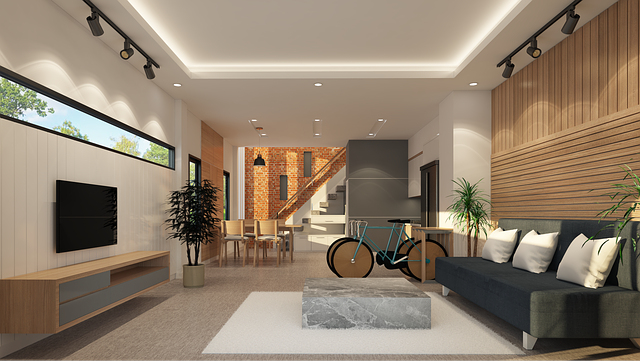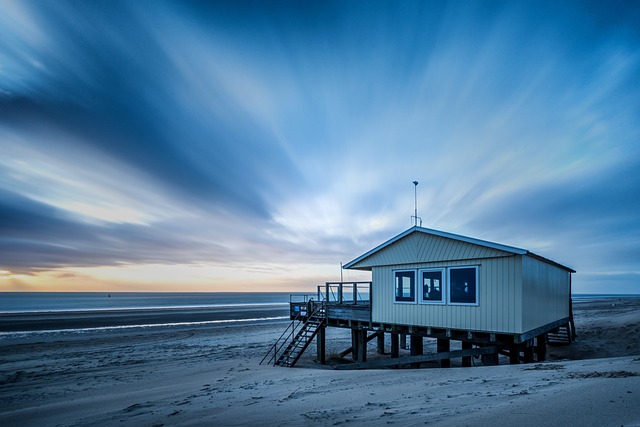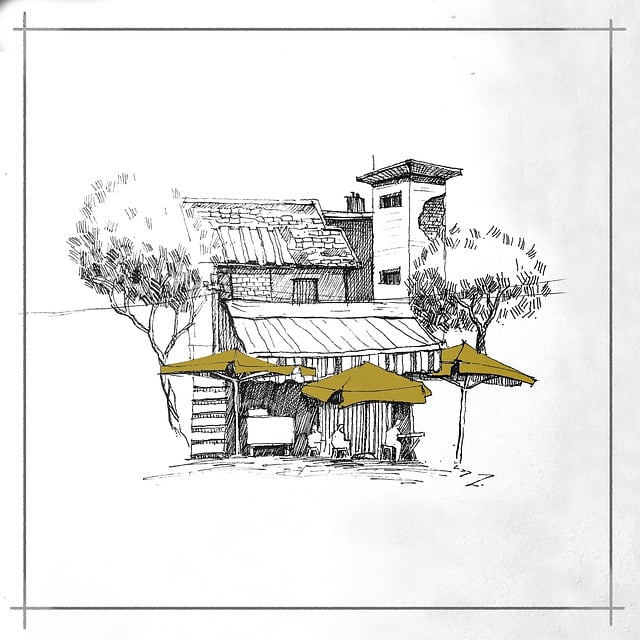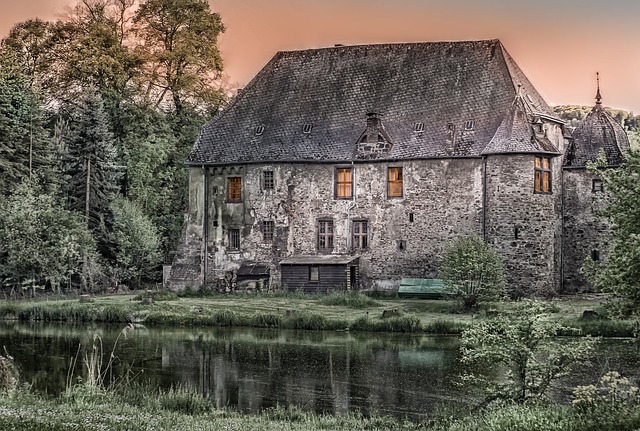In real estate, space design dramatically influences ambiance, which impacts resident/visitor experience. Strategic natural light, color schemes, and furniture placement create cozy or elegant environments. Well-designed spaces enhance property value while catering to emotional needs for memorable experiences. Essential elements include warm colors, textures, strategic mirrors, decor, water features; these transform spaces into inviting stages that leave lasting impressions.
In real estate, creating a welcoming ambiance is key to leaving a lasting impression. This article explores how space design significantly influences the overall atmosphere, focusing on strategies to enhance comfort and invite residents or guests. We delve into essential elements that foster warmth and engagement, drawing from successful stage room designs. By understanding the impact of spatial arrangements and aesthetics, real estate professionals can craft environments that resonate with occupants, ensuring a sense of belonging and comfort.
Understanding the Impact of Space on Ambiance in Real Estate

In real estate, the impact of space on ambiance is profound. The layout and design of a stage room play a pivotal role in shaping the overall atmosphere for residents or visitors. Well-planned spaces can create a welcoming ambiance, fostering a sense of comfort and belonging. Consider how natural light, color schemes, and furniture placement contribute to an inviting environment. For instance, open floor plans with ample lighting often promote social interactions and create a cozy, homely feeling. On the other hand, carefully curated corners with strategic lighting can add a touch of elegance and sophistication, enhancing the overall aesthetic appeal.
In the context of real estate, ambiance is not just about aesthetics; it significantly influences how individuals perceive and engage with their surroundings. A space that exudes warmth and charm can increase property value and attract potential buyers or tenants. Understanding this dynamic relationship between space and ambiance allows developers and designers to craft stage rooms that cater to the emotional and psychological needs of occupants, ensuring a welcoming and memorable experience from the moment they enter the property.
Designing Welcoming Spaces: Essential Elements for Comfort and Invitation
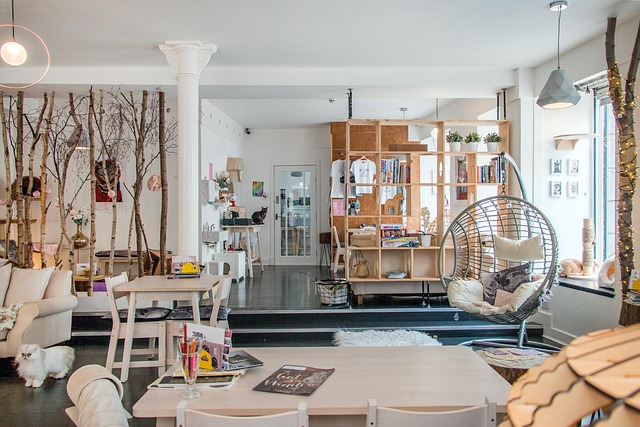
Designing welcoming spaces in real estate is an art that goes beyond aesthetics; it’s about creating environments that invite and comfort potential buyers or tenants. Essential elements for achieving this include natural lighting, which not only brightens up a room but also contributes to a positive mood. Soft, warm colors on walls and furniture can instantly make a space feel cozy and inviting. Textures like plush fabrics, area rugs, and comfortable seating encourage visitors to relax and envision themselves living in the space.
Strategic placement of mirrors and well-curated decor pieces can expand visual perspectives, making rooms appear larger and more welcoming. Additionally, incorporating elements of water, such as a small fountain or an aquatic wall art, adds tranquility and a soothing ambiance. These design choices collectively contribute to a stage room that feels like home, leaving a lasting impression on anyone who steps into the space.
Creating Stage Rooms: Strategies for Maximizing Warmth and Engagement

Creating inviting stage rooms is an art that can transform any space into a captivating ambiance, especially in real estate settings. To maximize warmth and engagement, strategic design choices are key. Start by selecting soft, neutral color palettes to foster a sense of comfort and accessibility. Incorporate cozy seating arrangements, such as plush sofas or armchairs, to encourage guests to relax and socialize. Natural light is another powerful tool; ensure ample windows allow daylight to flood in during the day, creating an uplifting atmosphere.
Add touchable elements like area rugs, warm lighting fixtures, and decorative throws to enhance tactile experiences. Plants and flowers not only bring life into the space but also offer a soothing aesthetic. Consider arranging low-lying furniture in conversational clusters to promote interactions and make the room feel intimate and welcoming. These strategies collectively contribute to a stage room that captivates the senses and fosters memorable gatherings.
